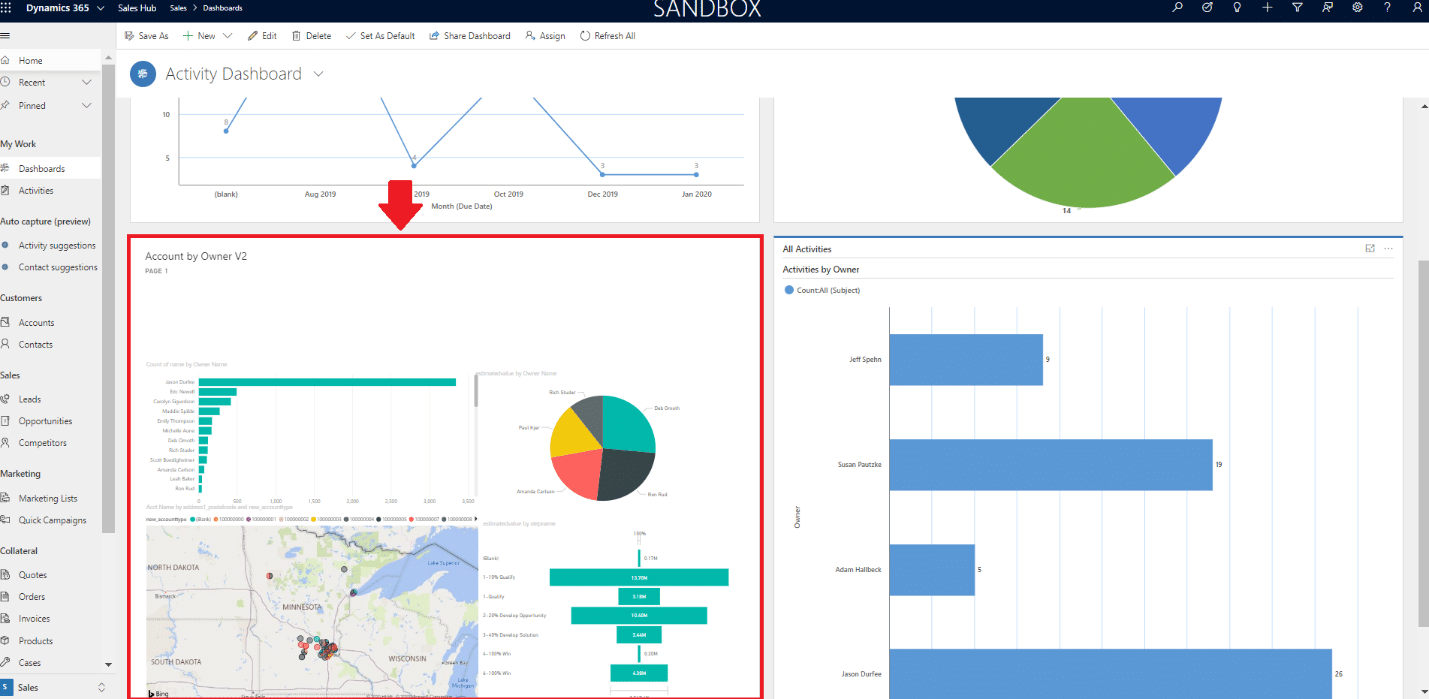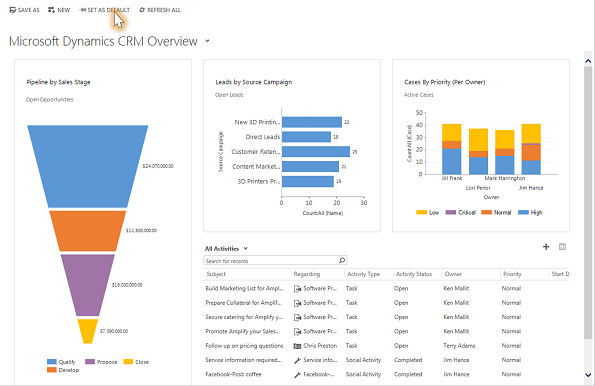To get started, in Dynamics 365, select “Settings → Administration → Power BI Settings” and enable the integration if it isn’t already. Then, open Power BI Desktop and connect to Dataverse (or Common Data Service) to get data from your entity.

Once you have the data, you can create visualizations like bar charts, donut charts, and drill-down tables. Embed the dashboard in Dynamics 365 by creating a Power BI tab or using the “Embed report” function in a form.


Dashboards should be designed role-based (based on user roles): for example, managers only need to see the overall chart; sales staff need to see the list of customers they are following.
In addition, use Alerts and Data Alerts in Power BI so that when the index exceeds the threshold (for example, the chance of closing is below 20%), the system will send a notification immediately.
Conclusion: With the right reports and dashboards, Dynamics 365 is not just a data entry tool but also a strategic source of information for the business.















